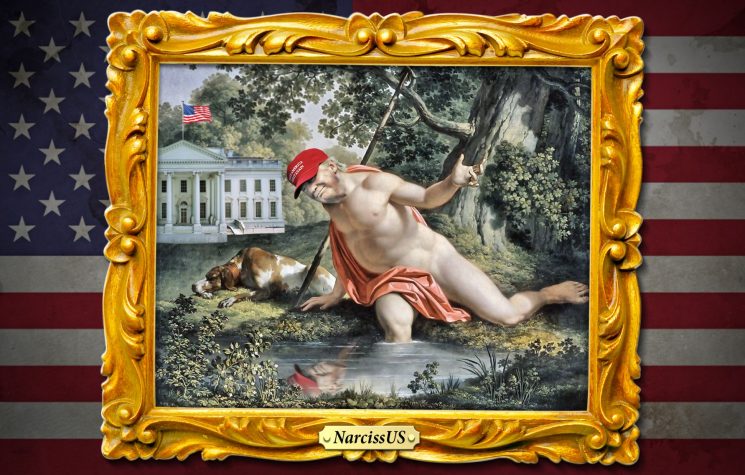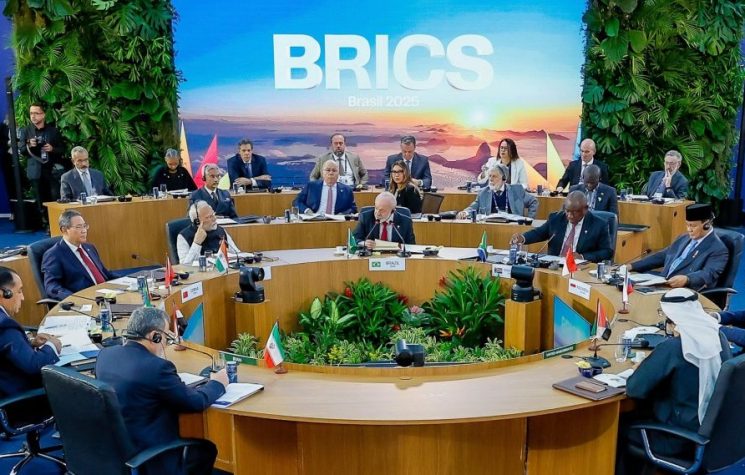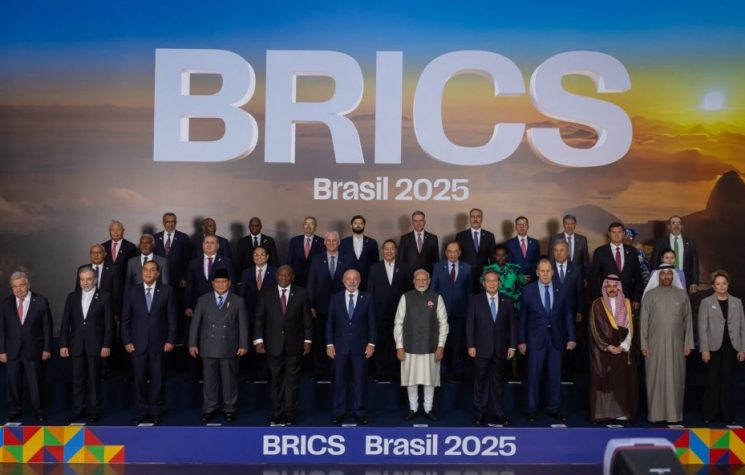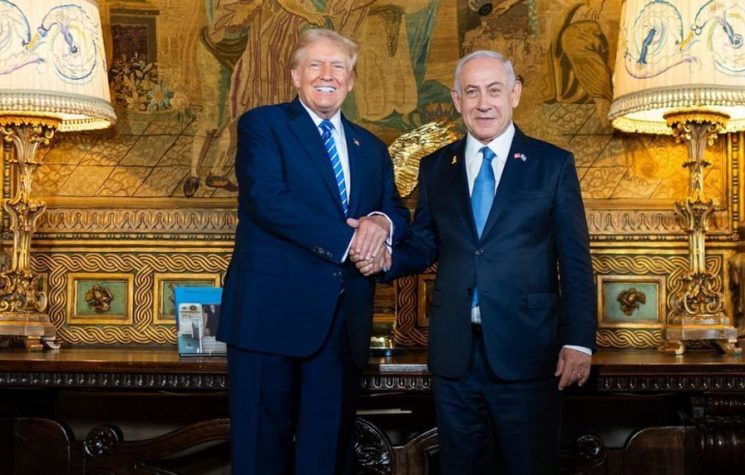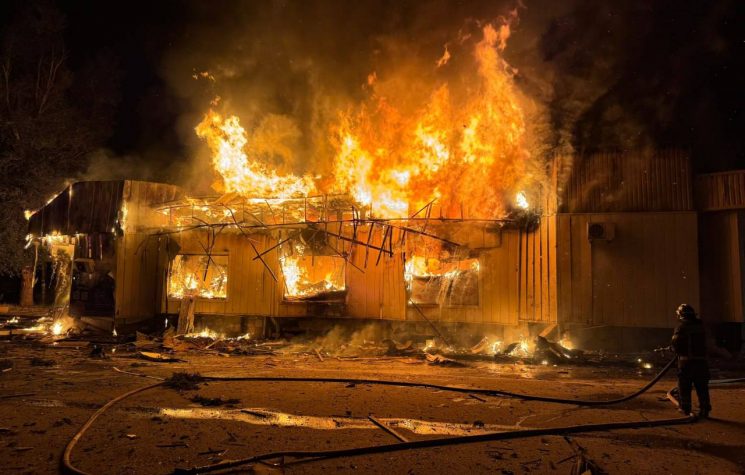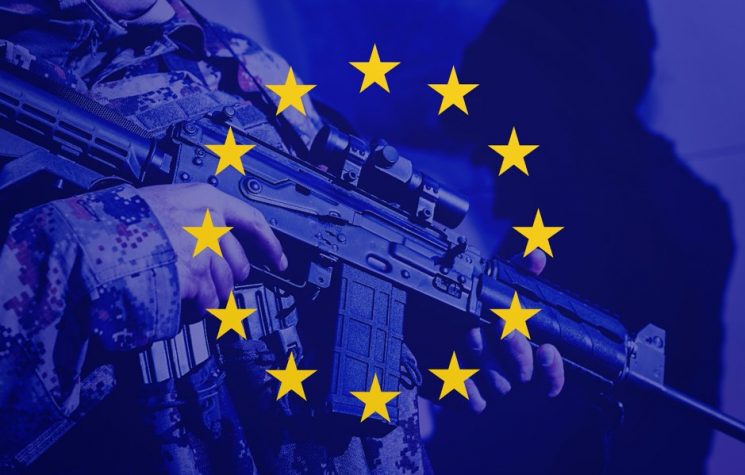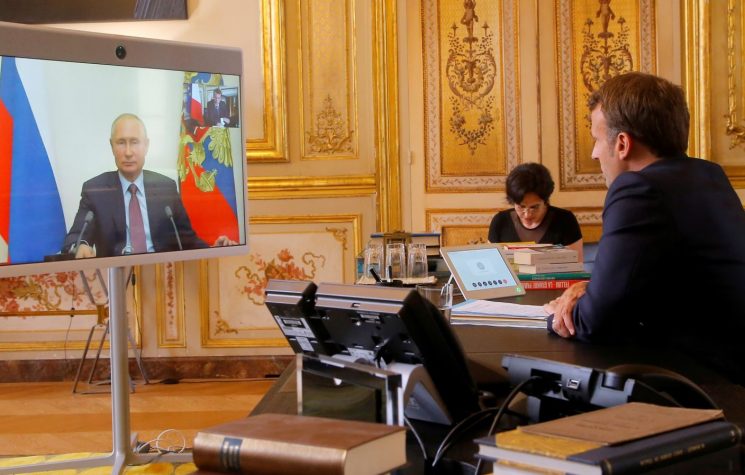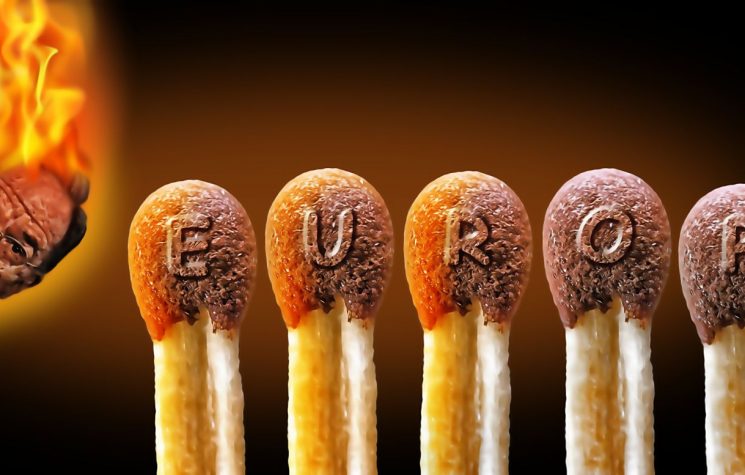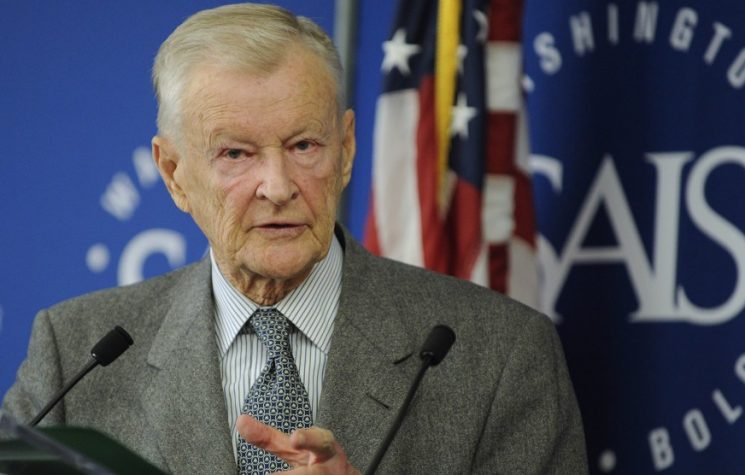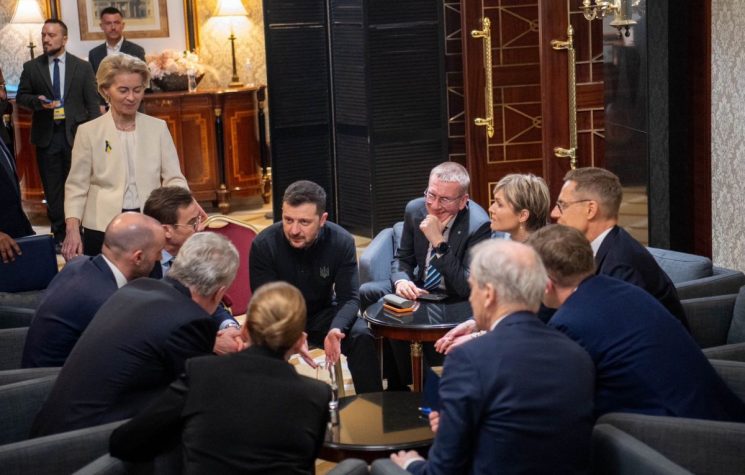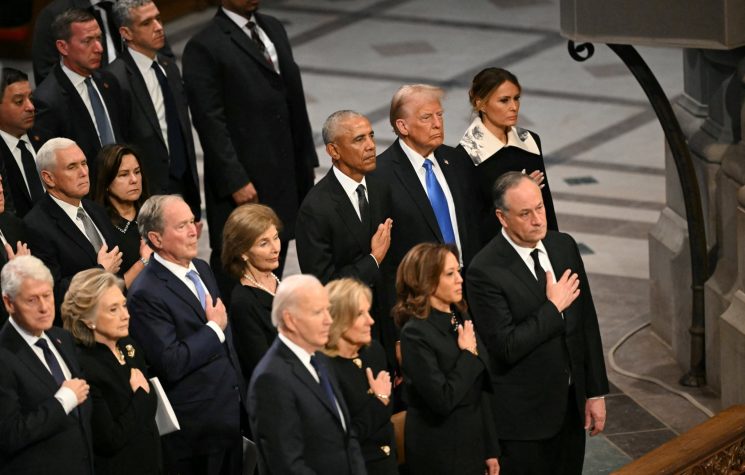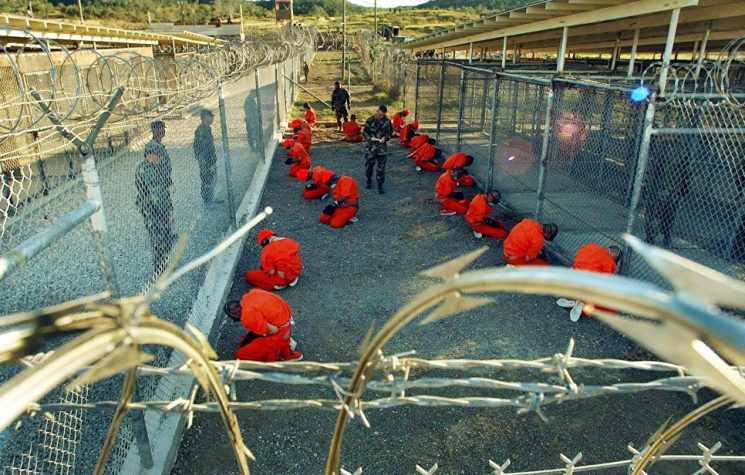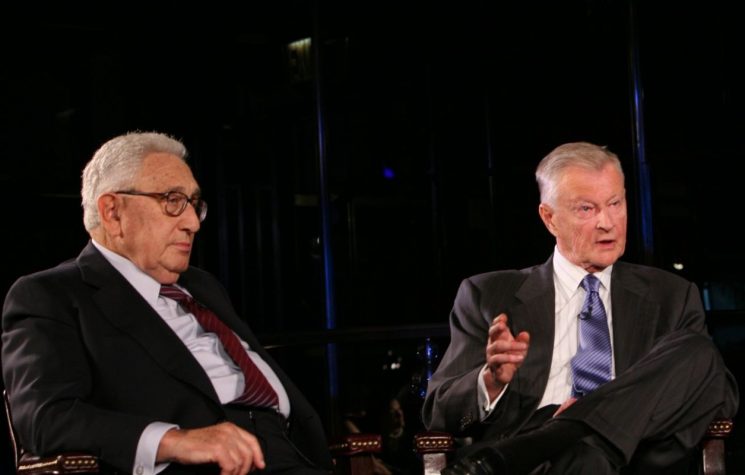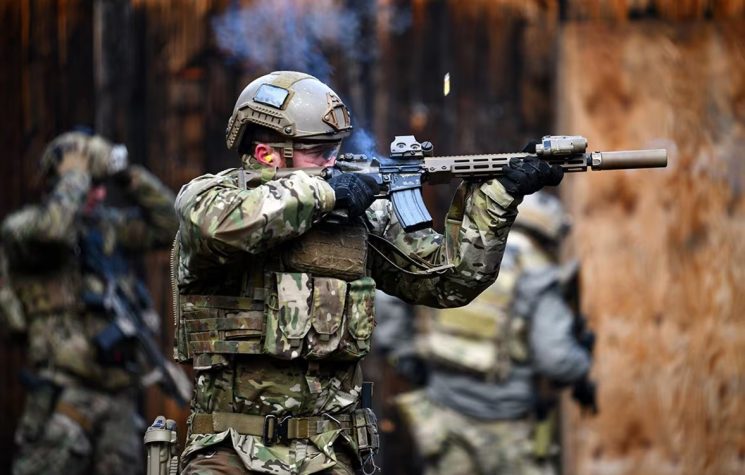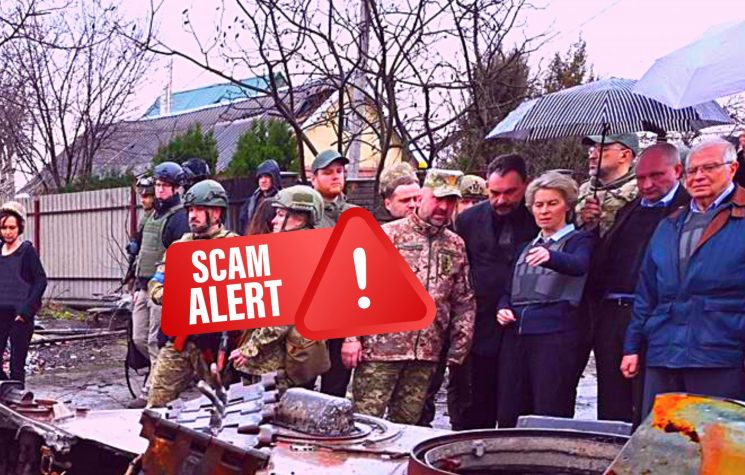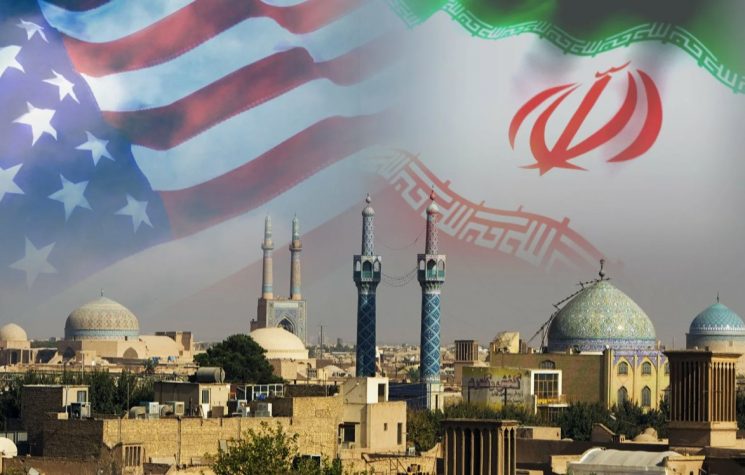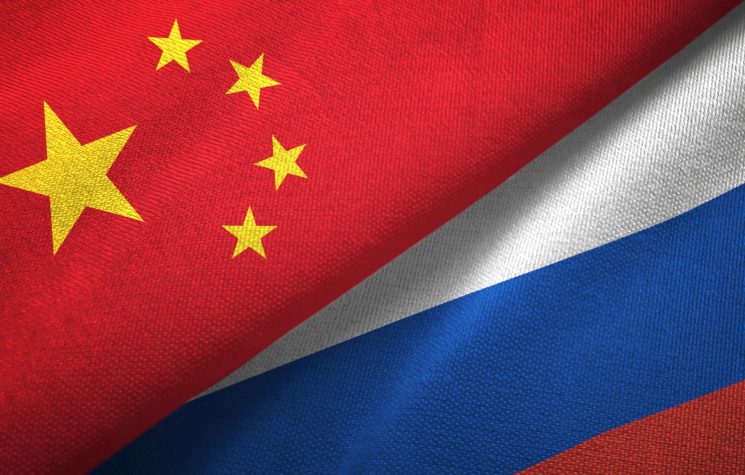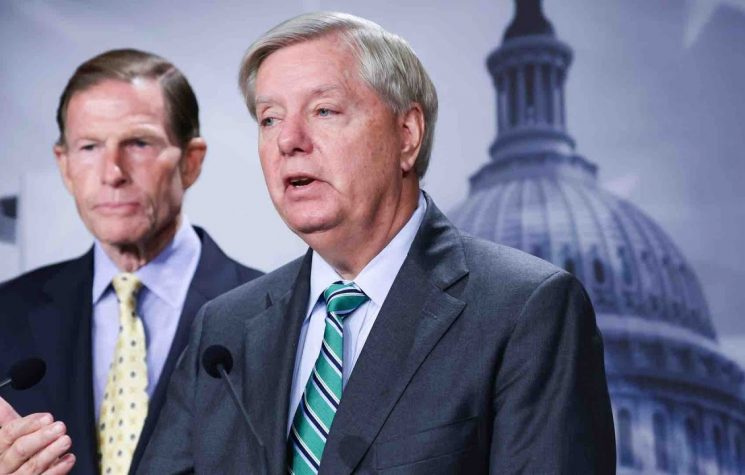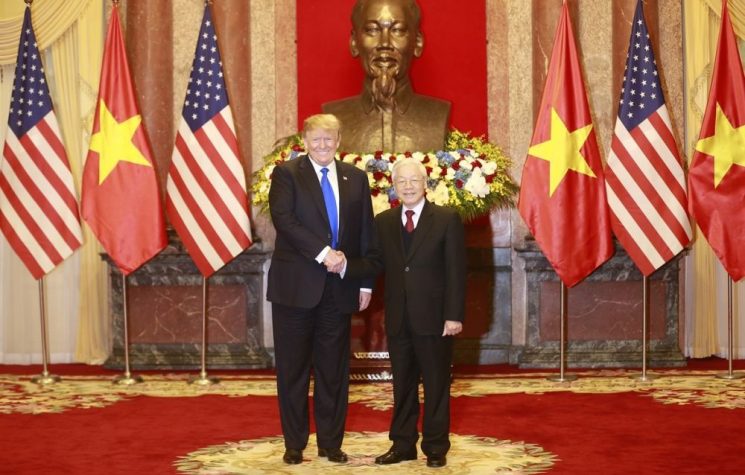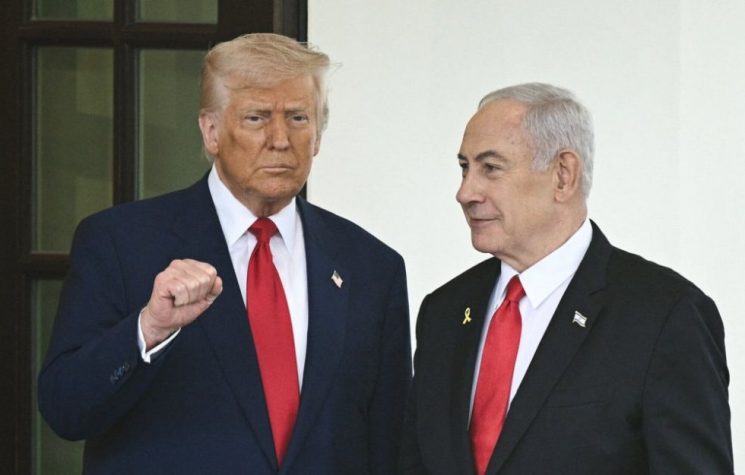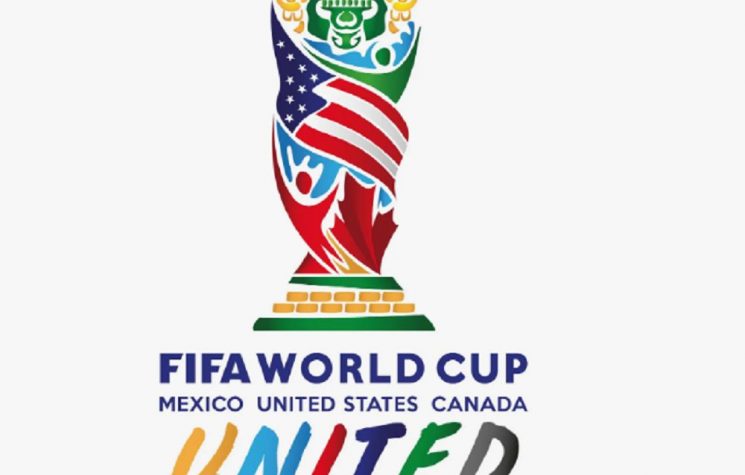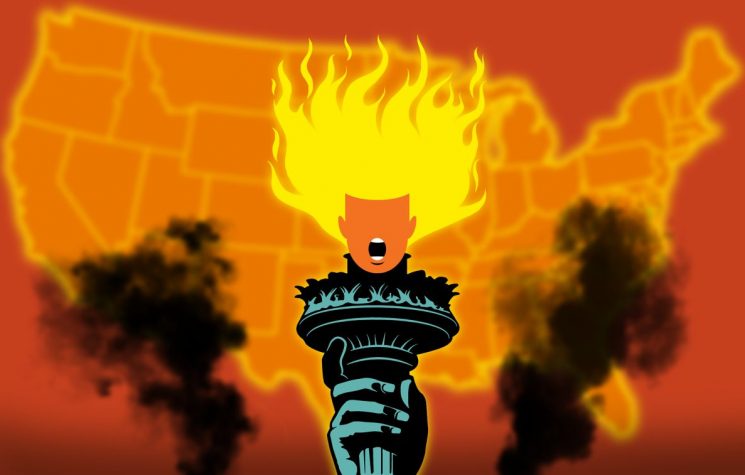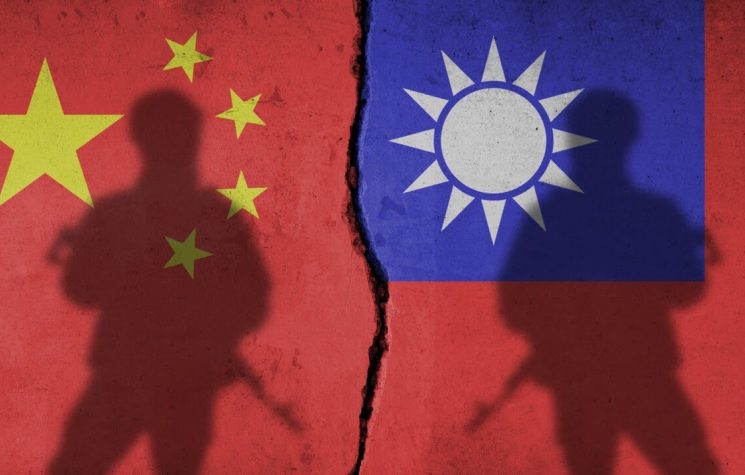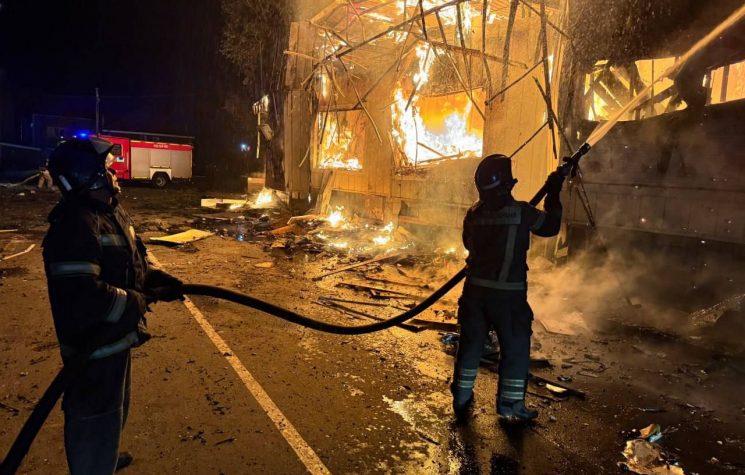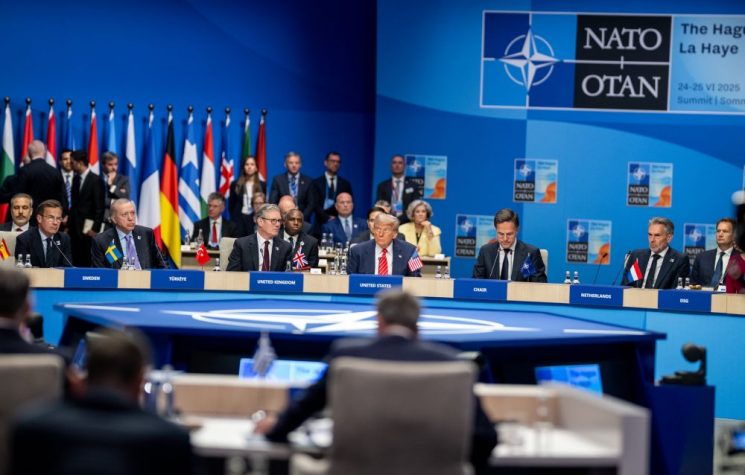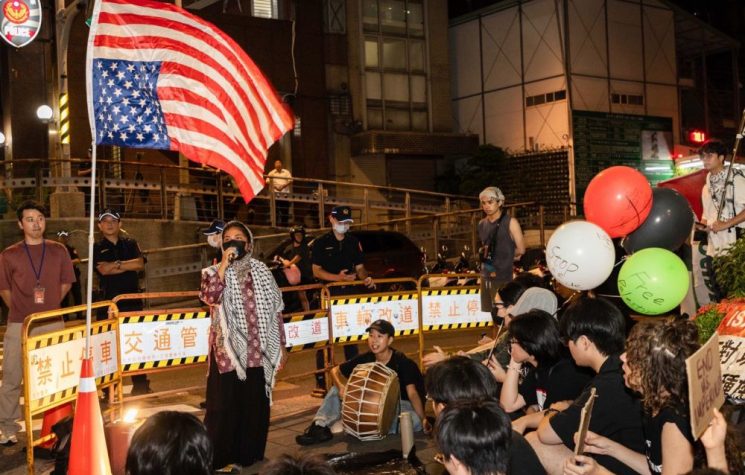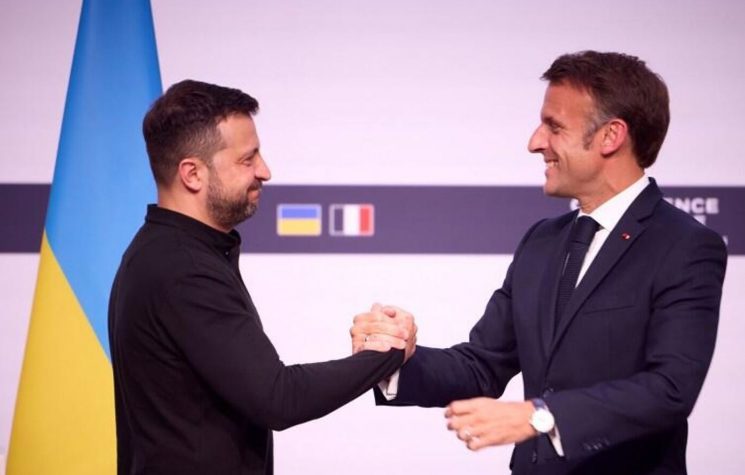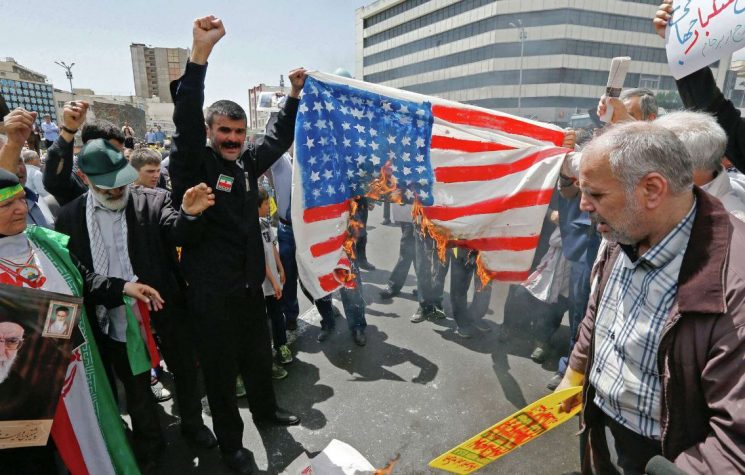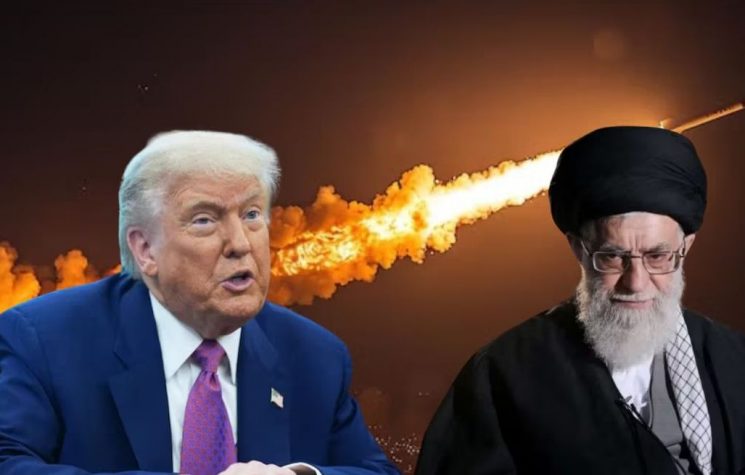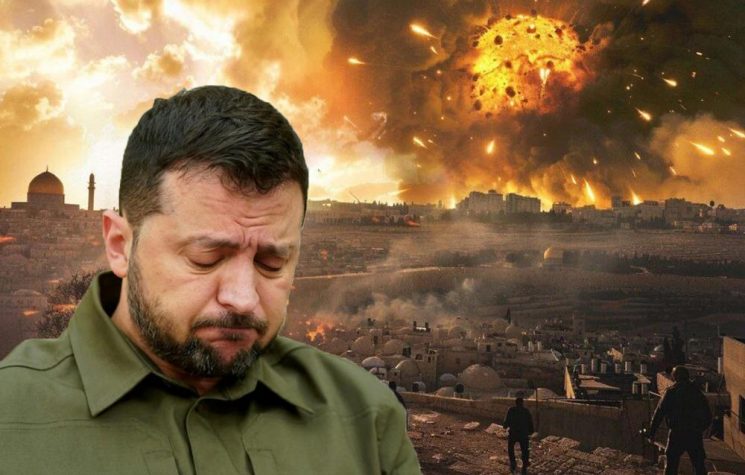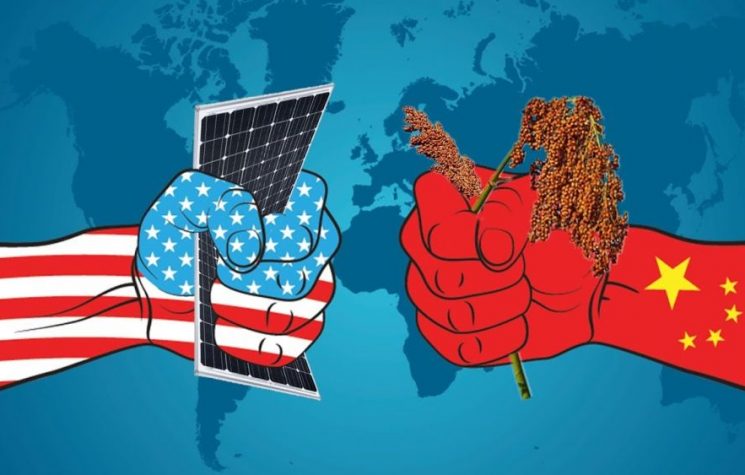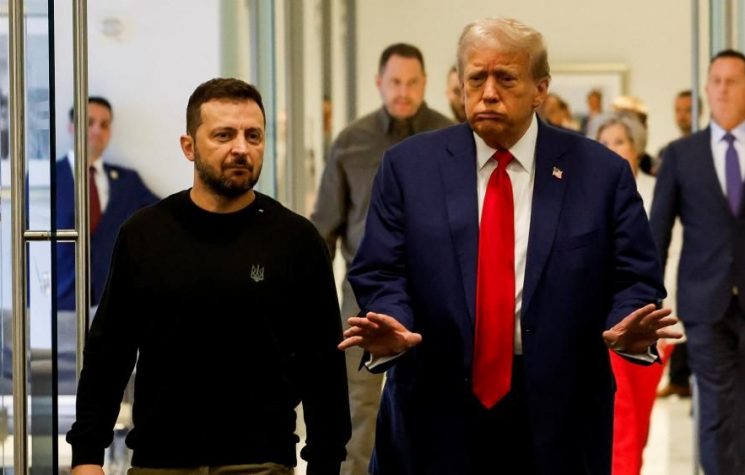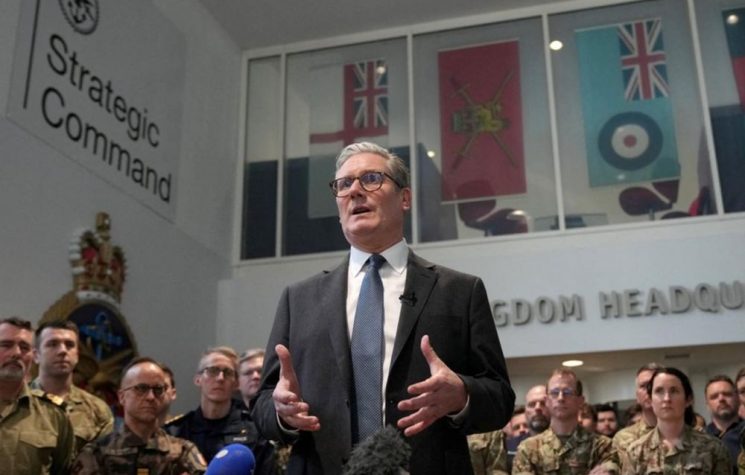The Global South can empathise with those resisting cultural impositions that run against the grain of longstanding civilisational values.
❗️Join us on Telegram ![]() , Twitter
, Twitter![]() , and VK
, and VK ![]() .
.
As is well known, the Mackinder ‘Pivot of History’ doctrine (1904) of ‘he who controls the Asian heartland controls the world’ was cemented into the U.S. zeitgeist as the unassailable doctrine that a united Heartland – which might challenge the U.S. – must never be allowed. To which Brzezinski, President Carter’s National Security Adviser, added that the Ukraine, by virtue of its divided national identities, entwined in old complexities, should be seen as the hinge around which heartland power revolved: ‘Absent Ukraine, Russia would never become the heartland power; but with Ukraine, Russia can and would’, Brzezinski averred.
Well, that was the idea – to mobilise fierce Ukrainian ultranationalism versus a weak Russia, and put them to fight each other. But the evolution of the ‘Brzezinski doctrine’ – quite surprisingly – segued into a series of western mythological errors: First, that Russia was easily defeated in Afghanistan, by a few lightly armed jihadists (not true). Secondly, that the Soviet Union and its satellites were overthrown by ‘Revolutions from Below’ (also not true). And thirdly, that a powerful U.S. Security-State ‘Leviathan’ could ensure U.S. hegemony (through mounting ‘Revolutions from Below’).
Brzezinski’s prime intent may originally have been to keep Russia and China divided from each other. But the Soviet Union’s sudden implosion (unrelated to Afghanistan) was crafted narratively to lend credence to Francis Fukuyama’s End of History and the Last Man meme. After the Cold War and the Soviet communist empire’s collapse, the American political, cultural and economic model was widely held to be the ‘Last Man Standing’.
‘Afghanistan’ also fostered the myth of Islamic insurgents as the ideal solvents for ‘backward’ states needing new western, forward-thinking leaders. (It was Brzezinski who persuaded Carter to insert Islamic radicalism into Afghanistan to undermine the Russian-supported, socialist Najibullah). ‘Afghanistan’ effectively was the pilot for the ‘Arab Spring’ – a global ‘house-cleaning’ that, it was claimed, would end vestiges of earlier Soviet influence, and create new stability.
The excitement in neo-con circles was palpable. And America’s Cold War success was attributed (apart from western culture’s ‘genetic’ advantages) to the empowerment of the military-security apparati. In theory, the end to the Cold War might have been an opportunity to return to the U.S. Founders’ original principles of distance from European conflicts and of caution toward military and security Leviathans. The Soviet implosion seemed a harbinger of global tensions vented; pressures released.
But then, ‘something’ extraneous, out-of-the-blue, happened; something that in a stroke, reversed the logic of the Cold War expected ‘peace dividend’ by “invigorating the military-security state to new heights”, Gordon Hahn notes. The power of the military-security state began, from this point onward, to be deployed abroad – in the service of the globalising cultural war.
What had happened was ‘9/11’.
But then a new ‘twist’ took America away, on an entirely different path. Barack Obama infused new energy into the military-security state. The Obama administration however, was not so much motivated by overseas hegemony (though not opposed to it). The focus though was on bringing forward the cultural revolution underway in the U.S.
What had happened? And how is Ukraine connected to this?
A prescient American cultural historian, Christopher Lasch, had foreseen this American ‘turn’, already in 1994. He wrote a book – Revolt of the Élites – describing how a social revolution would be ‘pushed to the cusp’ by the radicalised children of the bourgeoisie. Their leaders would have almost nothing to say about poverty or unemployment. Their demands would be centred on utopian ideals: diversity and racial justice – ideals pursued with the fervour of an abstract, millenarian ideology.
One of Lasch’s key points of insistence was that future young American Marxisants would substitute culture war for class war.
This was no ‘Revolution from Below’ (as was to become the Cold War myth concerning the Soviet sphere) – it was ‘Revolution’ from ‘Above’, hatched within America’s Coastal Élites.
This Revolution would be resisted, Lasch predicted, but not in the upper reaches of society. The leaders of Big Philanthropy and the Corporate Billionaires would become its facilitators and financiers. Their ideal was to bring about deep structural change within society – their impulse stemmed from a conviction that the Civil Rights movement had failed to produce the radical change that was required.
This meant shifting power away from élites ‘who were so often white and male’, and, perceived to be a part to society’s structural injustice, to putting Grant Foundation wealth and power directly into the hands of those against whom discrimination had been systematically practiced. The societal paradigm was to be inverted: positive discrimination in favour of identity victims – and negative discrimination for those connected with present or past structures of racist, gender or sexual discriminations.
This new form of American revolution came full ‘turn’ with the Obama Administration, when the forces of the military-security state were focused inwardly to enforce throughout society the norms of this cultural engineering.
It was indeed ‘Revolution from Above’ (Hahn’s term), and has resulted in two halves of society espousing completely contradictory interpretations of American history. For one side, America’s is a history of racism, discrimination and slavery. And for the other, it is a history of heroic figures liberating the state from colonial Britain, and to reconfigure a society on the mores of a Constitution regarded as a summation of European traditional moral values.
These two sides not only differ ideologically (and metaphysically), they espouse very different economic models too. And each sees the other as totalitarian in nature, and a ‘threat to the state’.
But what is more surprising perhaps, is that ‘Project Ukraine’ has fuelled this domestic cultural schism – and (to an extent) has become the iconic symbol of the internal U.S. cultural divide.
Even less expected perhaps, has been how the Ukraine issue also has mobilised the majority of non-western states into something resembling an insurrection against the Rules Order, and to the demand it be radically reformed.
The Ukraine war has not directly caused the schism. But nonetheless it has fired-up something latent; something bubbling away under the surface inside the western sphere. Put simply, it has stirred a shift in the global consciousness.
Russia cannot be suspected of deliberately having fuelled this ‘cultural war’, for its roots lie firmly within Euro-American political teleology. The divide was primed to happen anyway – but Ukraine has been an accelerant.
Brzezinski may be victim of the unseen, inadvertent consequences that history sometimes throws up. He wanted to divide the Heartland, but by embedding his Grand Chessboard in an eschatological framing of an ‘End Time’ struggle between good and evil, he contributed to the strategic miscalculations that seem set to end with the fall of the West.
The Ukraine war “is directly related to the West’s complete misreading of the Soviet collapse; and that of post-Soviet Russia. The West misinterpreted the fall of the Soviet communist regime: either as a revolution from below, or as a ‘democratic transition’. It was neither. In the case of the former, political élites were inclined to believe in the myth of a broad-based, societal ‘people’s revolution’ from below because that was the political teleology dictated by the ‘end of history’ model” (Gordon M. Hahn, Russia’s Revolution From Above: Reform, Transition, and Revolution in the Fall of the Soviet Communist Regime, 1985-2000).
Academics in the West meanwhile, plugged the Russian case into the then fashionable theory of the period: transition theory. The combination of these factors has led to a condescending attitude towards Russia; an underestimation of Russia’s historically persistent great power status; and above all, to western derision and contempt directed at Russia’s revival of its still-alive, traditionalist past.
In this context, it is not hard to see how Ukraine has become a driver in this (for now cold) internal cultural war.
Not only was the Ukraine war cemented into the eschatologically progressive ‘End of History’ meme, but imperative of achieving a successful outcome is regularly elevated, in Manichean terms, to be ‘the Armageddon’ in a struggle between good and evil.
The Ukraine war has also been shaped as the projection of a new identitarian, diversity, and pro-trans ‘imagined community’ set in polar opposition to that of the Russian traditional values. This clash of values could not be better symbolised than by its two spokespersons: On the one hand, the trans woman from Nevada, Sarah Ashton-Cirillo who was (until a day ago) Ukraine’s military spokesperson, and on the other, Maria Zakharova, the spokeswoman for the Russian Foreign Ministry.
We ‘get it’. The world seems to get it, too.
‘That for which Russia stands’ – its narrative, its ‘meaning’ – is perceived as an affront to the Obama-Biden cultural ‘revolution’. Cancelling Putin’s revolutionary narrative to the World, as one western diplomat opined, is as important in his view, as say, not allowing Trump to be President again.
The Global South can empathise with those resisting cultural impositions that run against the grain of longstanding civilisational values.










